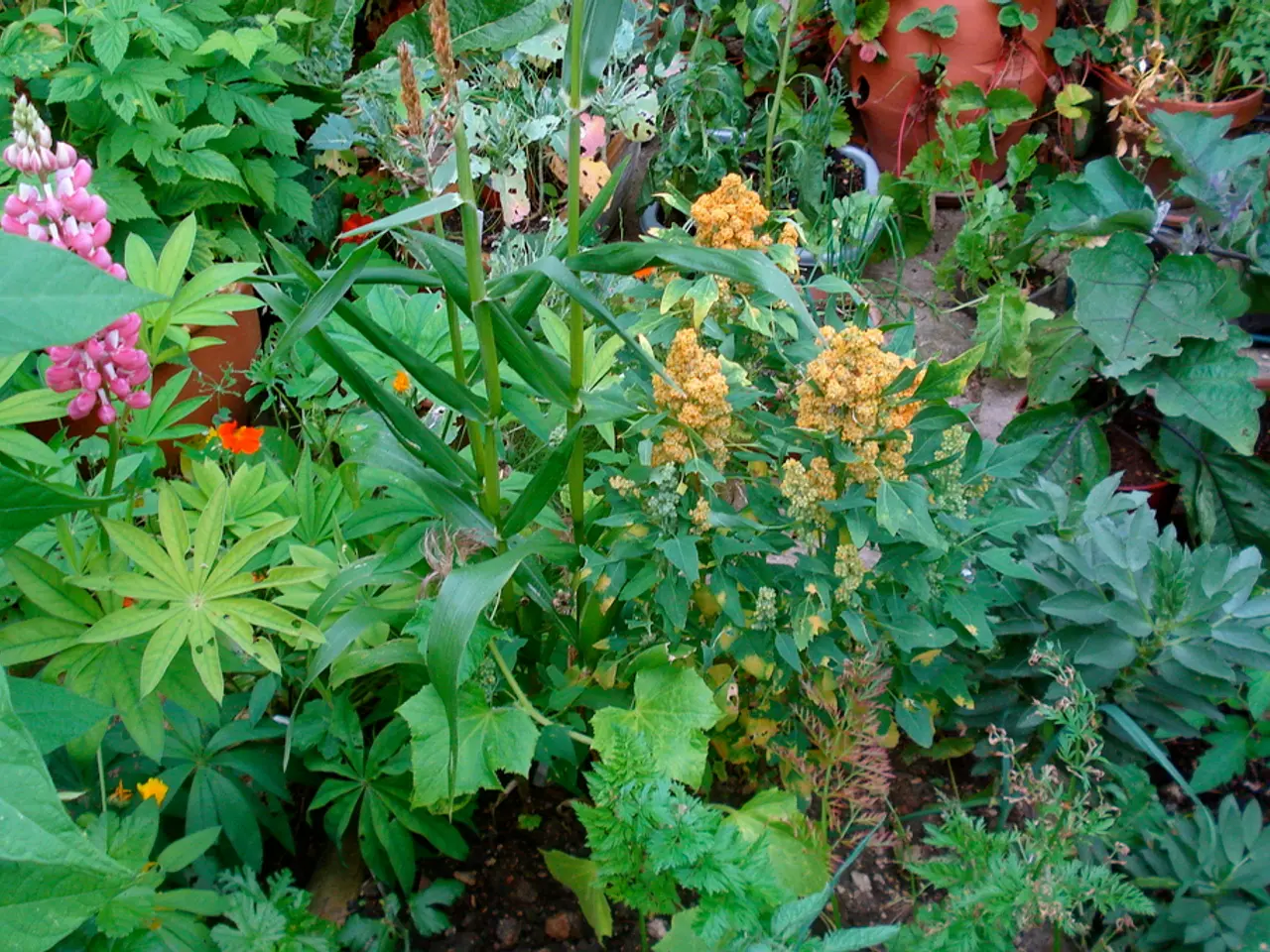Revived Delicately Fragile Petunia Transforms into a Vibrant Blooming Haven
Petunias, beloved for their vibrant, colorful flowers and long blooming period, can be easily maintained to keep them blooming all season long. The key to their continuous blooming lies in the regular removal of wilted flowers, a practice that is both simple and effective.
Regular "cleaning" of wilted flowers is crucial for maintaining the decorative appeal of petunias. These wilted flowers not only detract from the plant's beauty but also hinder the formation of new ones. Wilted flowers draw nutrients for seed production, which takes energy away from the production of fresh blooms.
The practice of regular removal of wilted flowers is a key strategy for maintaining the health and beauty of petunias. This process, known as deadheading, involves clipping off the wilted flowers just above the next set of leaves. Deadheading encourages petunias to direct energy towards new growth and fresh buds, promoting continuous blooming.
Experts emphasize that the removal of spent blooms is particularly important for petunias. Over time, petunias can start to stretch, lose their shape, and look unkempt, especially with abundant blooming. Regular deadheading helps the plant become bushier and produce more blooms.
Using pruning shears or scissors makes deadheading easier and more effective than pinching by hand. The more often you remove spent blooms, the fuller and longer petunias will bloom.
In addition to regular deadheading, proper watering, pruning, and fertilization are essential for keeping petunias healthy and blooming throughout spring and summer until fall. Keep soil moist but well-draining, especially for container plants which dry out faster. Check soil moisture regularly before watering, as overwatering can be harmful.
Occasionally give petunias a light trim or a "summer haircut" by cutting back stems by about half. This encourages new shoots and fuller growth. Feed petunias every two weeks with a balanced fertilizer or a light dose of liquid fertilizer after pruning to support regrowth and more blooms.
Petunias are often used to adorn beds, borders, and hanging baskets, creating a bright, sunny atmosphere. With the right care, they can continue to brighten up any garden for months on end. So, remember to deadhead those spent blooms, and enjoy a beautiful garden full of blooming petunias!
This information is part of a larger article titled "Garden Secrets for Every Occasion".
Incorporating regular deadheading, or the removal of spent blooms, into your petunia care routine helps maintain the plant's beauty and encourages continuous blooming. By trimming off wilted flowers and promoting new growth, you can create a bushier plant with a higher number of blooms, making it an essential element in home-and-garden gardening practices, as well as contributing to your overall lifestyle.





